Delegates attending the scientific conference
In his opening speech, Prof. Dr. Le Huy Ham - former Director of the Vietnam Agricultural Genetics Institute, Project Manager, emphasized that after more than 2 years of implementation, the project has achieved many positive results, in the right direction, creating a foundation for further improvement in the coming time.
According to Prof. Dr. Le Huy Ham, cassava was not considered economically important in the past, especially in the northern provinces. However, since the 1990s, farmers and businesses have promptly seized the opportunity, making cassava a strategic crop. After 2000, the export value of cassava exceeded the 1 billion USD mark, in which Tay Ninh and the Vietnam Cassava Association played a pioneering role.
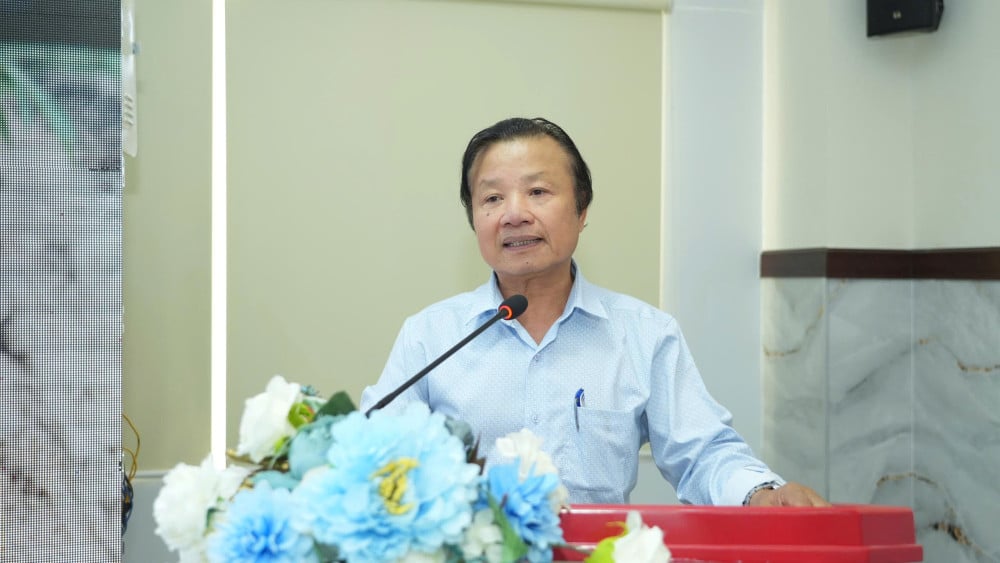
Prof. Dr. Le Huy Ham - former Director of the Vietnam Agricultural Genetics Institute - Project Manager spoke
The development of the cassava industry is thanks to the dynamism of farmers, businesses and the persistent support of the scientific community. New cassava varieties, cultivation and processing processes have helped many farming households stabilize and become prosperous. At the same time, special international cooperation with CIAT and many other research units has contributed significantly to this development.
However, since 2017, the cassava mosaic virus has appeared and spread rapidly, causing great damage. In that context, Vietnam has cooperated with CIAT to import many disease-resistant varieties for testing. Although not yet fully adapted to domestic conditions, these varieties are still a temporary lifesaver. Because the reality of production in Vietnam requires cassava varieties that are not only disease-resistant but also have straight stems, high density planting, high starch content and resistance to many other specific diseases.
This is also the research orientation of the project with the main components being implemented including: Testing hybrid cassava varieties, imported for production, in which some varieties show great promise; crossbreeding, introducing mosaic disease resistance genes into Vietnamese cassava varieties to create new varieties with straight stems, high starch, good disease resistance; developing molecular markers to serve the breeding work in the coming period.
"Up to now, after half the journey, the set goals are all on track and have the prospect of being completed, even exceeding targets" - Professor, Dr. Le Huy Ham affirmed.
Mr. Jonathan Newby - Director of the International Cassava Program, International Center for Tropical Agriculture (CIAT) presented solutions to develop disease-resistant, high-yielding cassava varieties for Vietnam and Southeast Asia.
At the workshop, scientists and representatives from localities such as Tay Ninh and Lam Dong presented many important reports on selecting disease-resistant varieties, crossbreeding new cassava lines, developing molecular markers, and the cassava production situation in Tay Ninh and the Central Highlands.
Deputy Director of the Department of Agriculture and Environment of Tay Ninh province Nguyen Dinh Xuan presented the production and processing of cassava starch in the province.
According to Deputy Director of the Department of Agriculture and Environment of Tay Ninh province Nguyen Dinh Xuan , Tay Ninh is currently considered the "capital of cassava " of the country. The whole province has a cassava growing area of 59,000 - 63,000 hectares, ranking second in the country, with an average yield of 33.3 tons/ha.
Production areas are concentrated in the communes of Tan Phu, Tan Hoi, Tan Dong, Tan Lap, Thanh Binh, Cau Khoi and Phuoc Vinh. Cassava is grown and harvested almost all year round, but mainly in two main crops: Winter-Spring and Summer-Autumn. In the province, there are currently 18 companies and enterprises producing cassava starch with a capacity of 50-300 tons/day and 47 small production facilities under 50 tons/day.
Prof. Dr. Le Huy Ham introduces new cassava varieties
The workshop acknowledged the support of Thien Tam Fund in linking scientific research with production practices. At the end of the program, the Organizing Committee affirmed that the project's objectives were on the right track, making an important contribution to the sustainable development of Vietnam's cassava industry./.
Sy Cong
Source: https://baolongan.vn/ung-dung-chi-thi-phan-tu-trong-phat-trien-giong-khoai-mi-khang-benh-kham-la-a203601.html


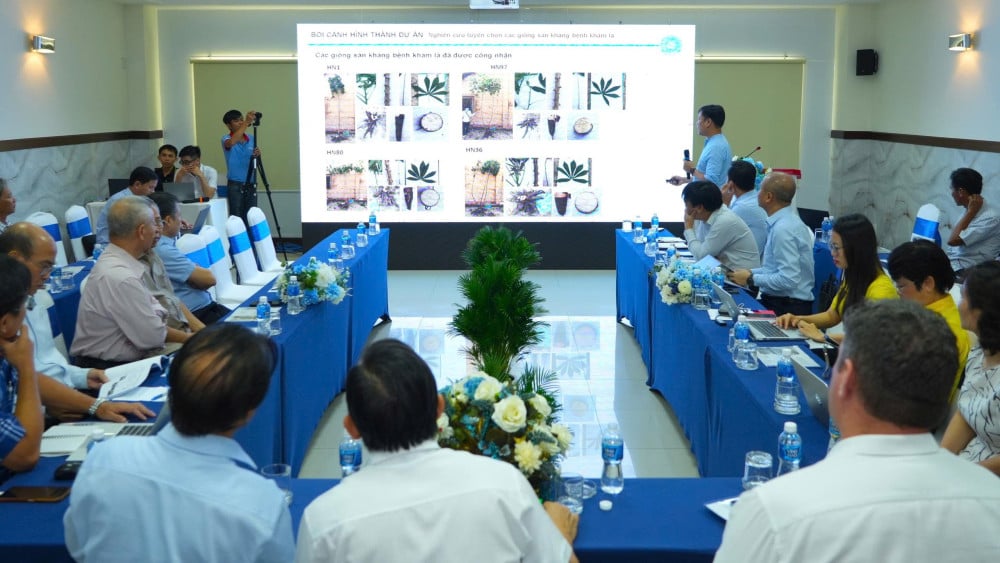
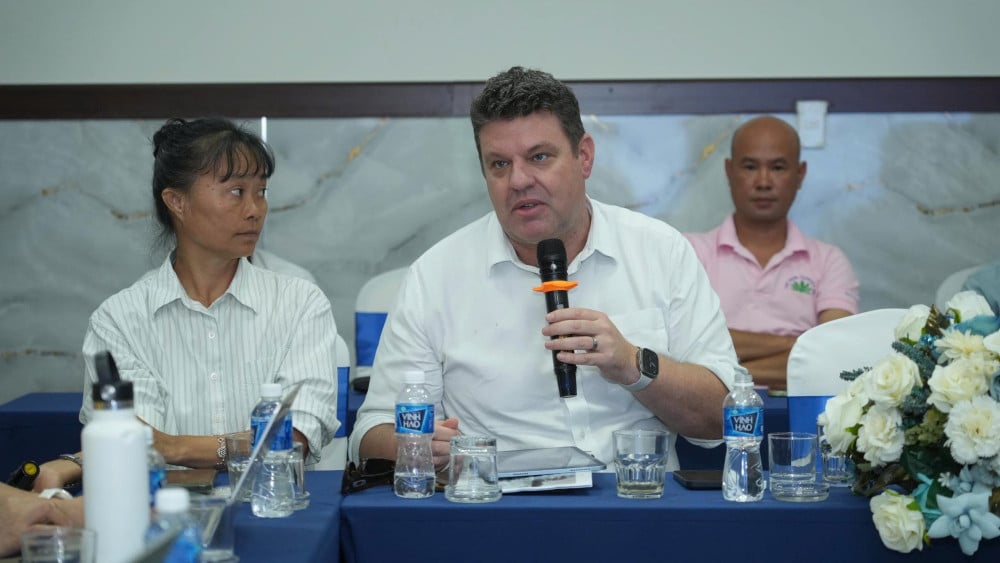
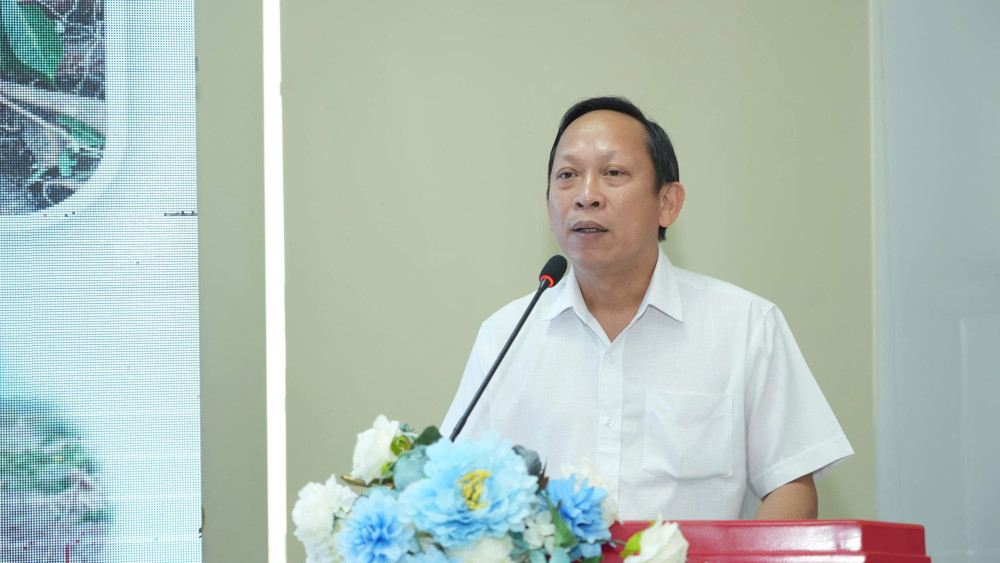
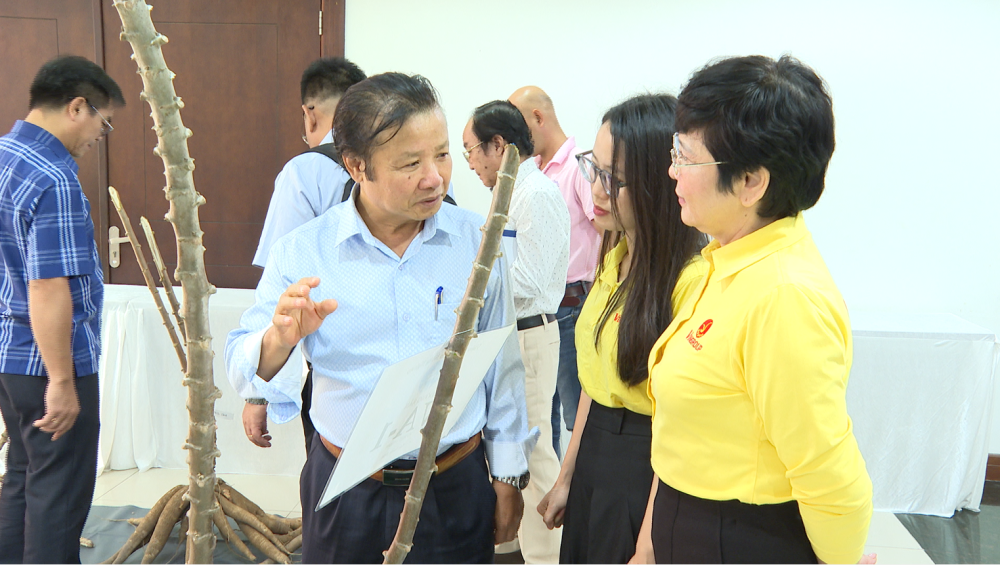
![[Photo] General Secretary To Lam receives President of the Senate of the Czech Republic Milos Vystrcil](/_next/image?url=https%3A%2F%2Fvphoto.vietnam.vn%2Fthumb%2F1200x675%2Fvietnam%2Fresource%2FIMAGE%2F2025%2F11%2F21%2F1763723946294_ndo_br_1-8401-jpg.webp&w=3840&q=75)

![[Photo] Visit Hung Yen to admire the "wooden masterpiece" pagoda in the heart of the Northern Delta](/_next/image?url=https%3A%2F%2Fvphoto.vietnam.vn%2Fthumb%2F1200x675%2Fvietnam%2Fresource%2FIMAGE%2F2025%2F11%2F21%2F1763716446000_a1-bnd-8471-1769-jpg.webp&w=3840&q=75)
![[Photo] President Luong Cuong receives Speaker of the Korean National Assembly Woo Won Shik](/_next/image?url=https%3A%2F%2Fvphoto.vietnam.vn%2Fthumb%2F1200x675%2Fvietnam%2Fresource%2FIMAGE%2F2025%2F11%2F21%2F1763720046458_ndo_br_1-jpg.webp&w=3840&q=75)
![[Photo] National Assembly Chairman Tran Thanh Man holds talks with President of the Senate of the Czech Republic Milos Vystrcil](/_next/image?url=https%3A%2F%2Fvphoto.vietnam.vn%2Fthumb%2F1200x675%2Fvietnam%2Fresource%2FIMAGE%2F2025%2F11%2F21%2F1763715853195_ndo_br_bnd-6440-jpg.webp&w=3840&q=75)

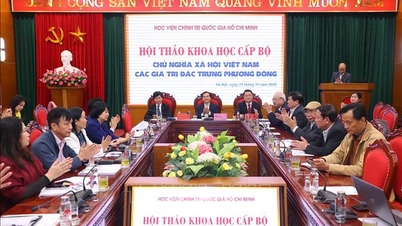

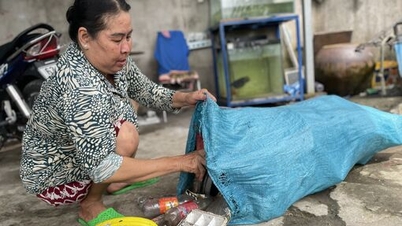
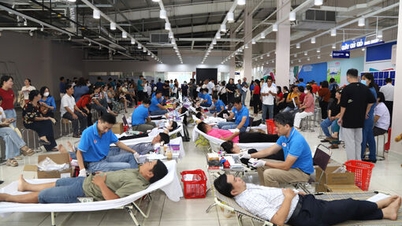
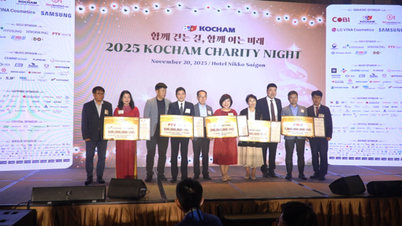
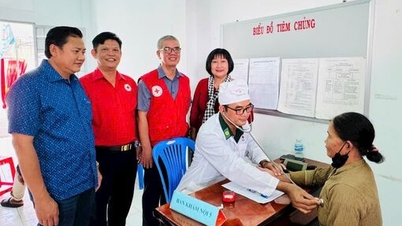
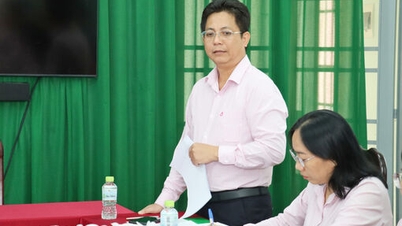
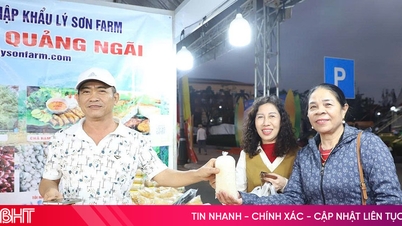

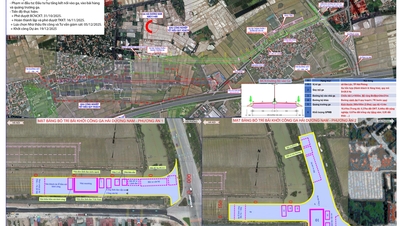

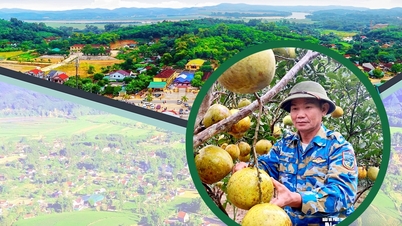



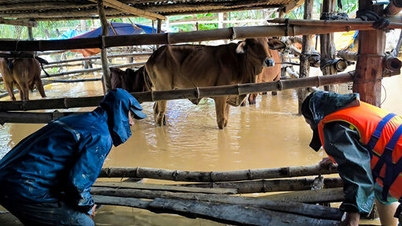


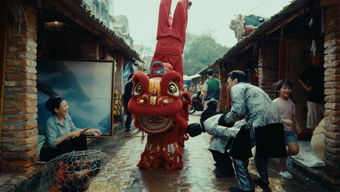


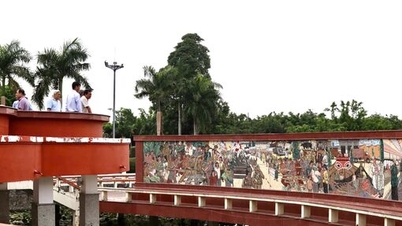

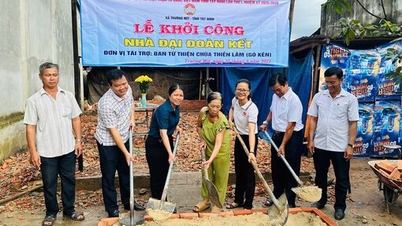
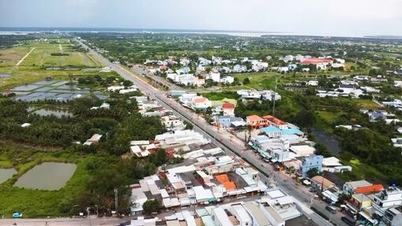
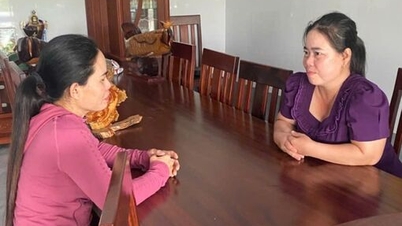
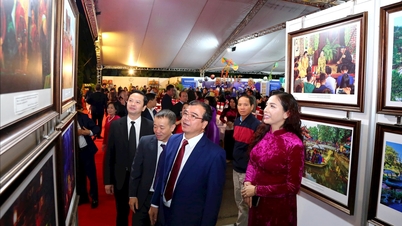


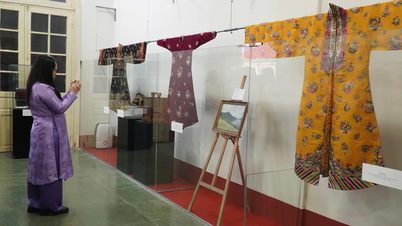

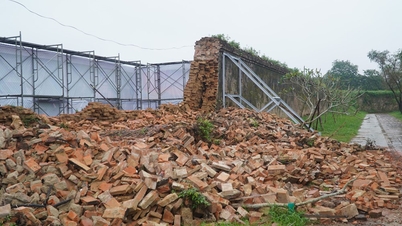

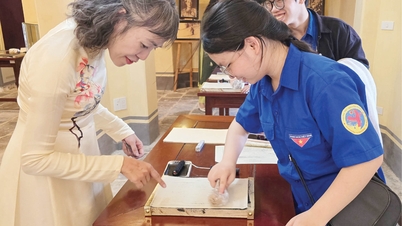



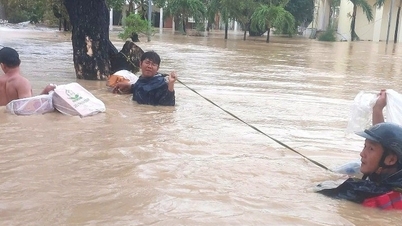

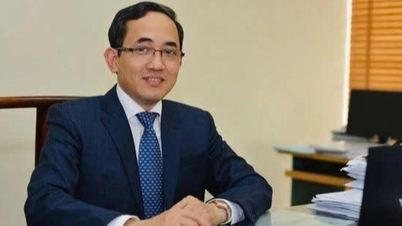

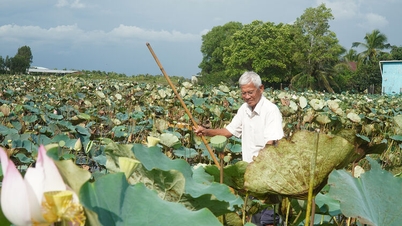

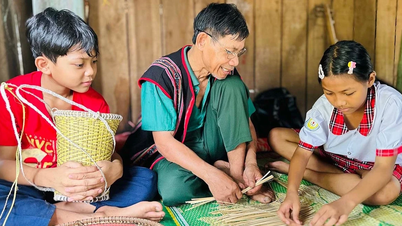

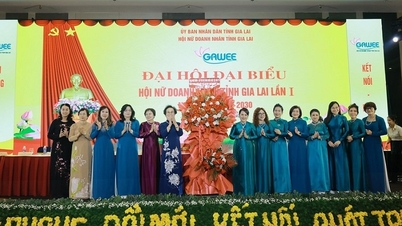

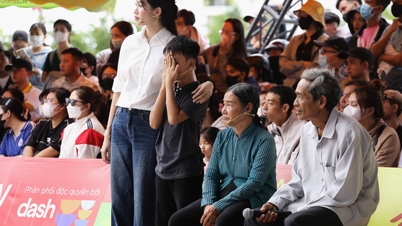


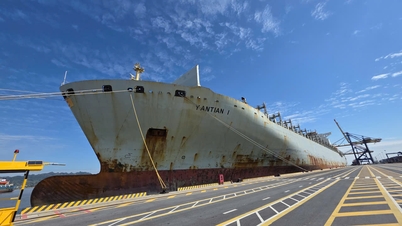

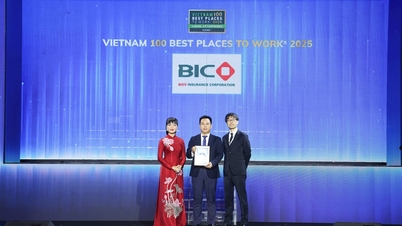
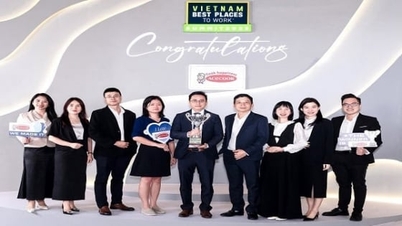

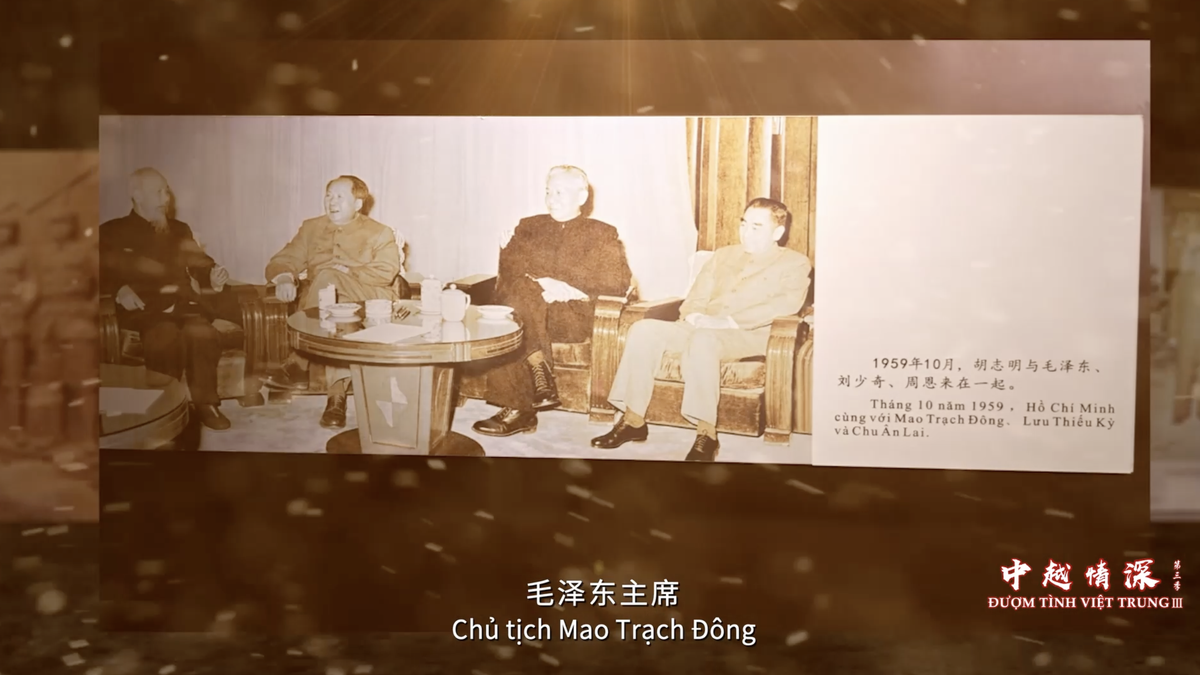

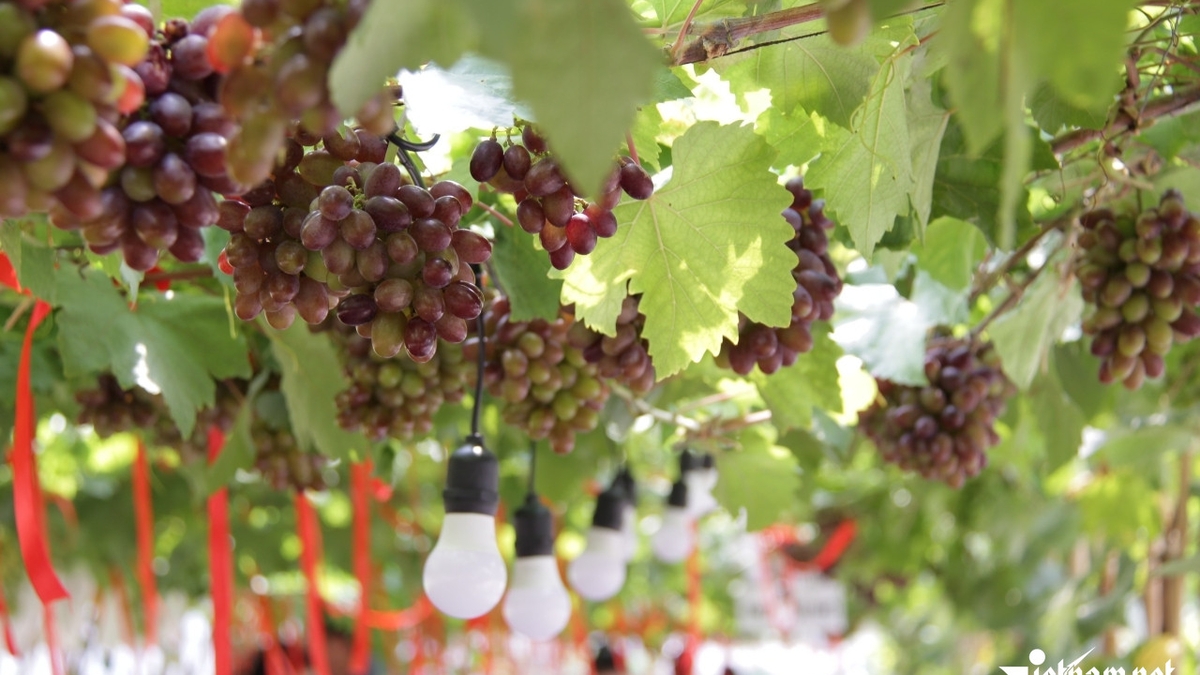
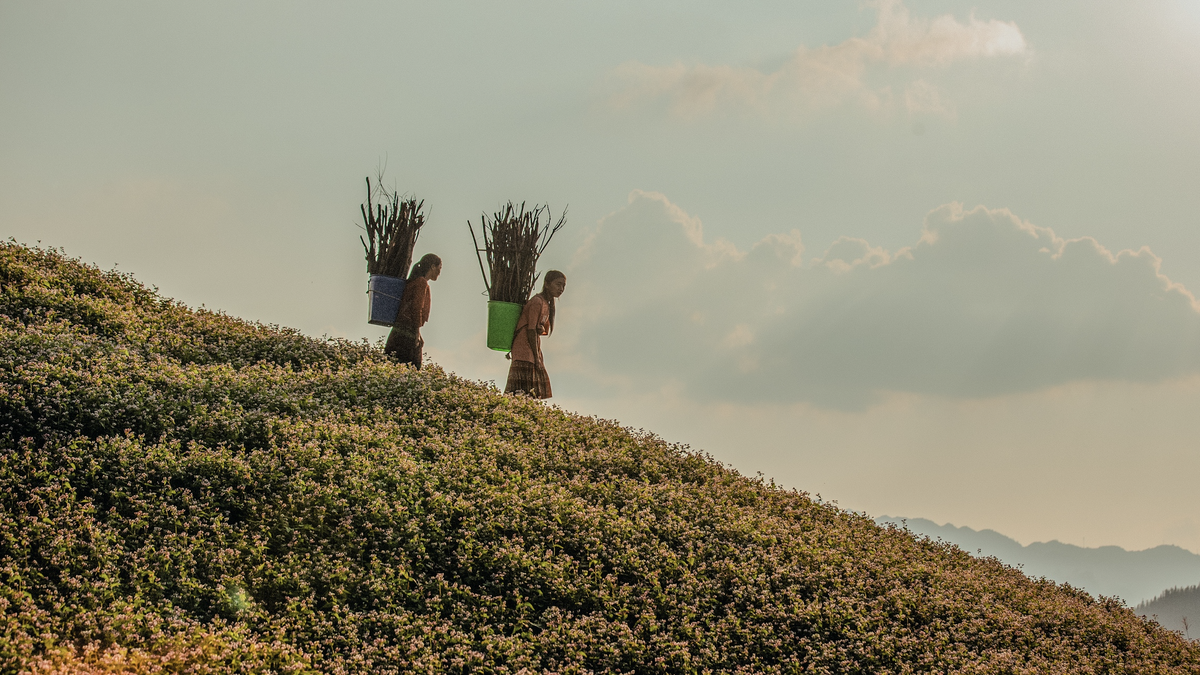

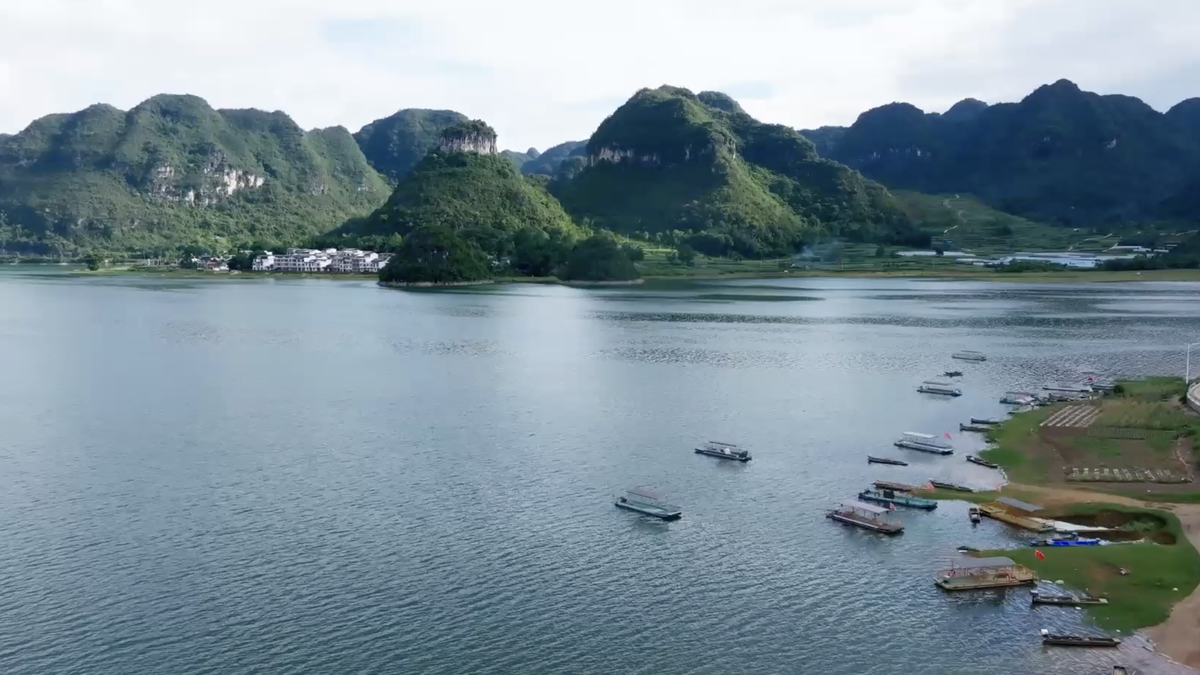
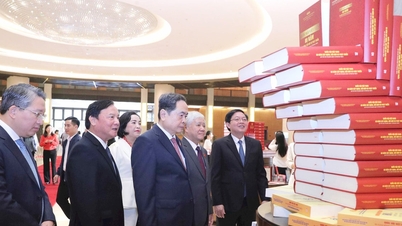

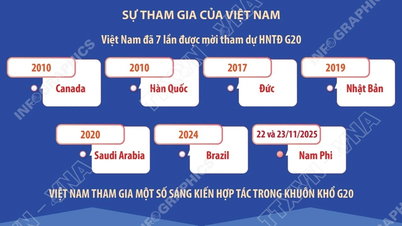

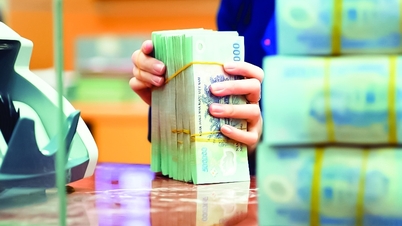

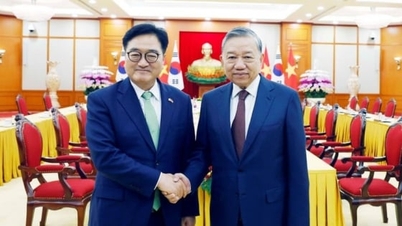
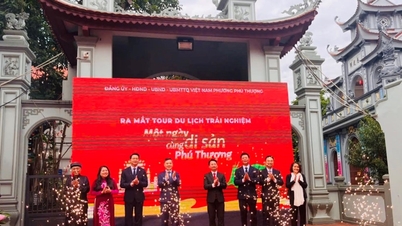
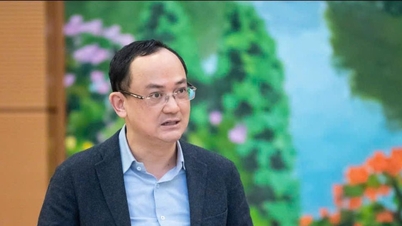
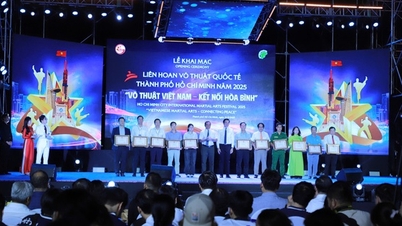

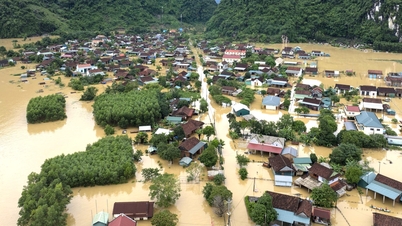

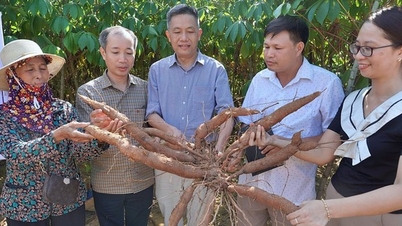


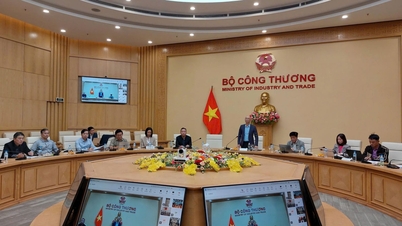






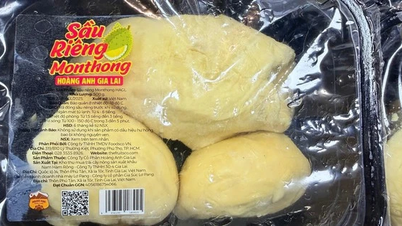
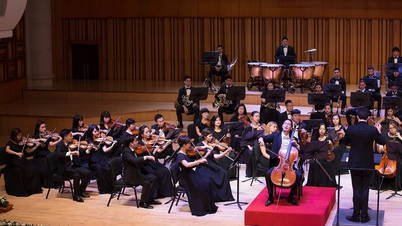

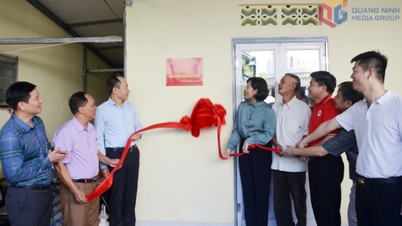


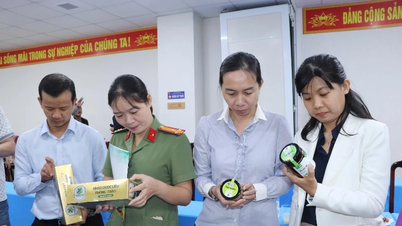

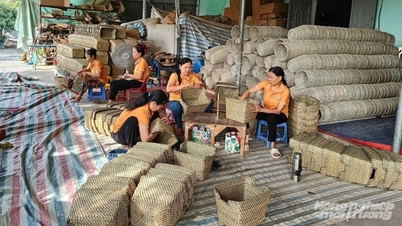

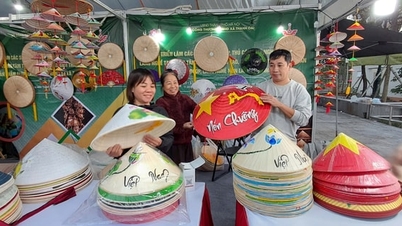
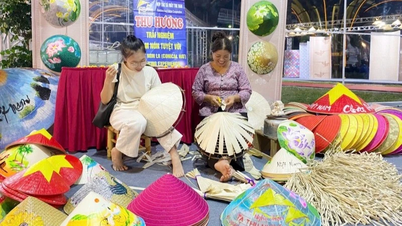


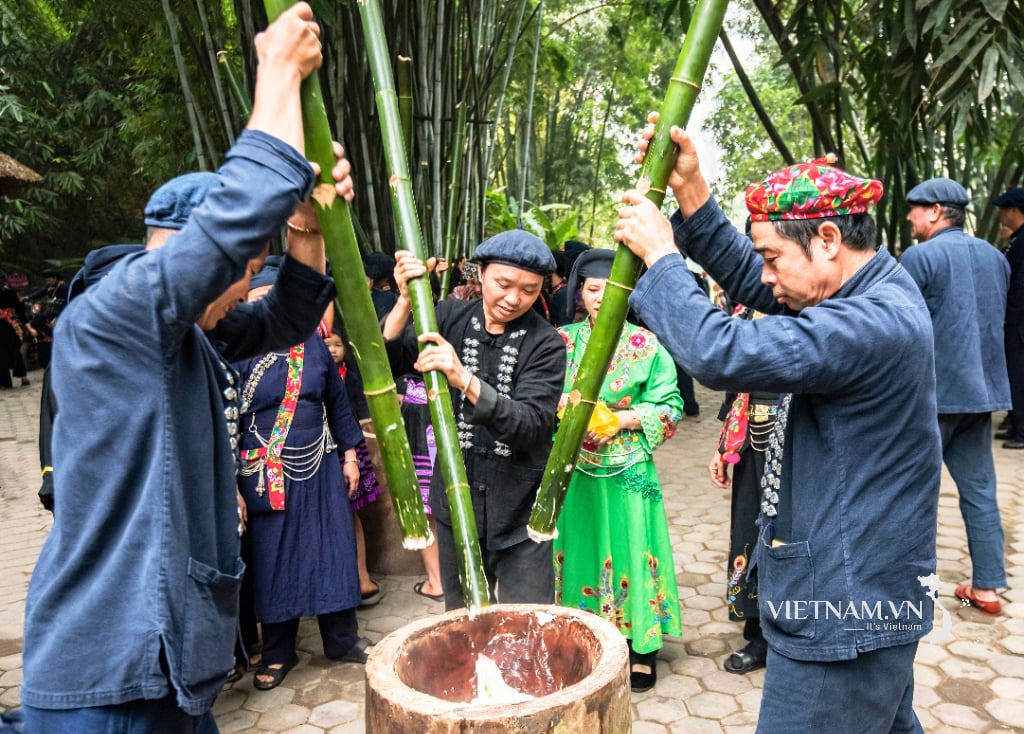
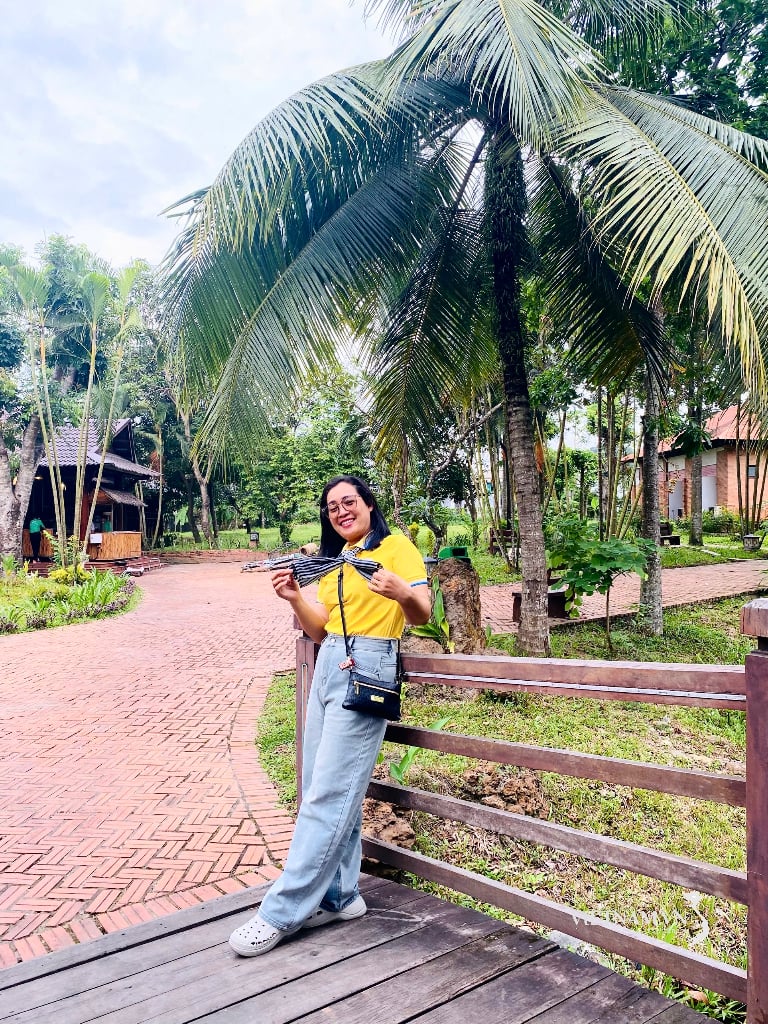

Comment (0)